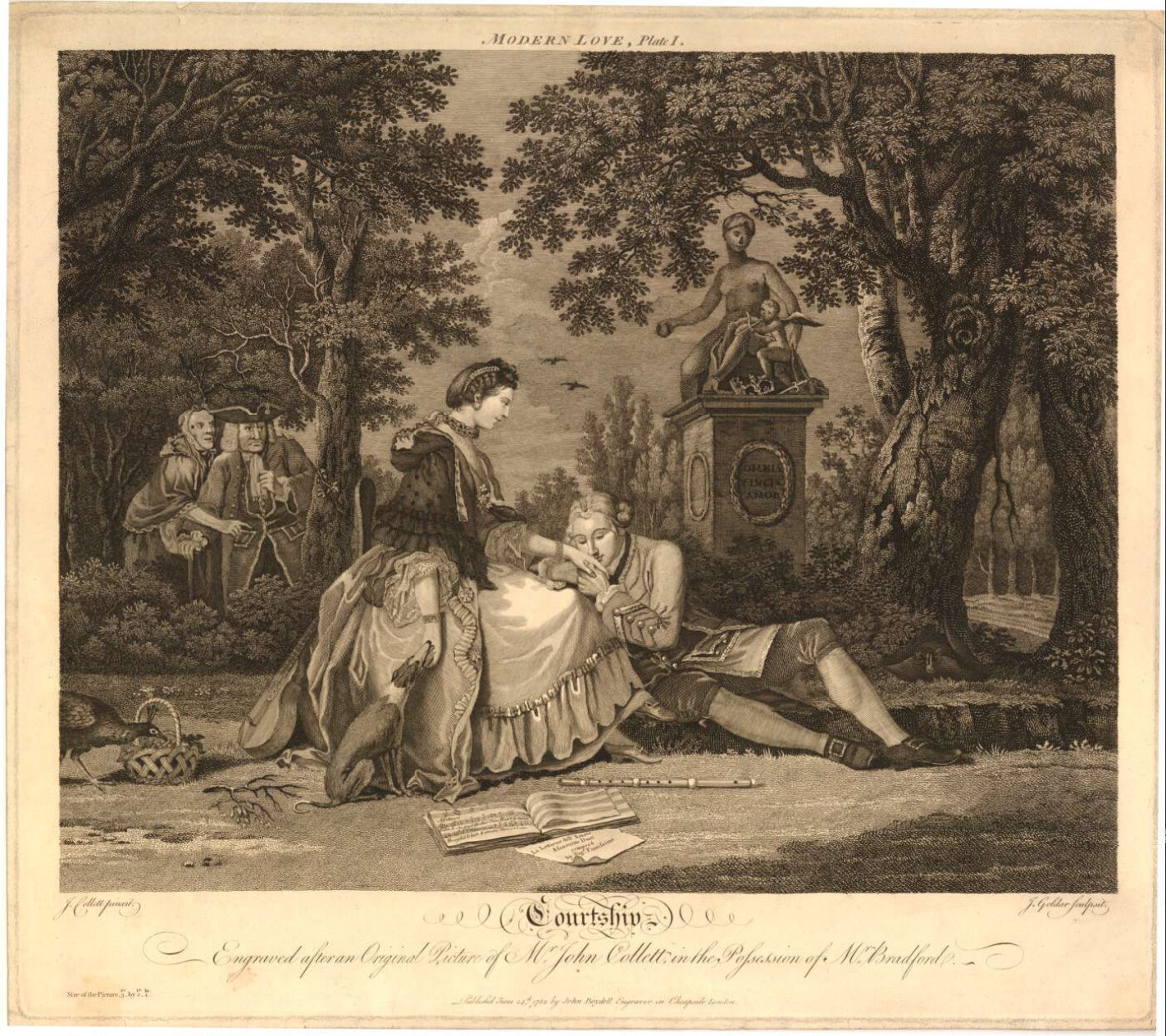Lucy Terry Prince
Topics & Ideas
WIREFRAME ONLY - NOT YET DESIGNED
Topics and Ideas
Courtship in Early New England

About
Laws and assumptions surrounding marriage necessarily affected courtship, including what modern Americans commonly refer to as dating. Courtship was part of the process by which men and women sought and identified potential marriage partners. While both men and women appreciated physical attraction and might enjoy intimate relationships that included sexual activity, novels and advice literature of the time repeatedly emphasized the important of choosing a life partner who was spiritually and intellectually as well as physically compatible. Both men and women recognized the importance of economic stability that would need to keep pace with the financial demands of a growing household.
A substantial amount of legislation and community concern regarding physical intimacy between unmarried people suggests that sexual encounters outside of marriage throughout the 17th and 18th centuries were hardly uncommon. Trysts within a home, outbuildings, or out of doors were common. Such activity did not diminish and in fact seems to have increased in the decades before and after the American Revolution. Historians estimate that as many as one third of New England brides were already pregnant before the wedding. Premarital intercourse, or “fornication” was censured but more or less tolerated so long as the couple married. The situation was far more serious when the expected marriage did not or could not take place. The unwed mother was shamed. The couple’s illegitimate child was a charge to the town unless the father (identified by law by the mother while in labor) could be forced to pay child support. It was no wonder that most early pregnancies resulted in the couple’s marriage sooner or later.
The situation was still more complicated and fraught for enslaved couples. Any children an enslaved woman might bear would inherit her unfree status regardless of whether the father was free. As infants were deemed a financial liability until they were old enough to work, the enslaver of an unmarried woman who became pregnant might sue the father of the child for damages. If the father was enslaved in another household, his enslaver could be sued. (The same was true in cases where a white apprentice, servant, or underage male fathered an illegitimate child.) Enslaved people could not marry without their enslaver’s permission, making it difficult for such couples, no matter how devoted, to wed.